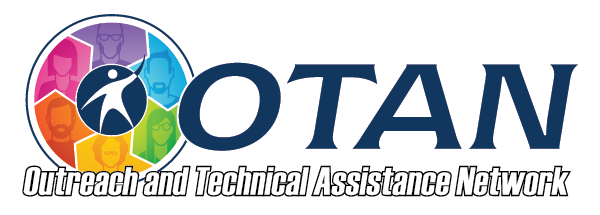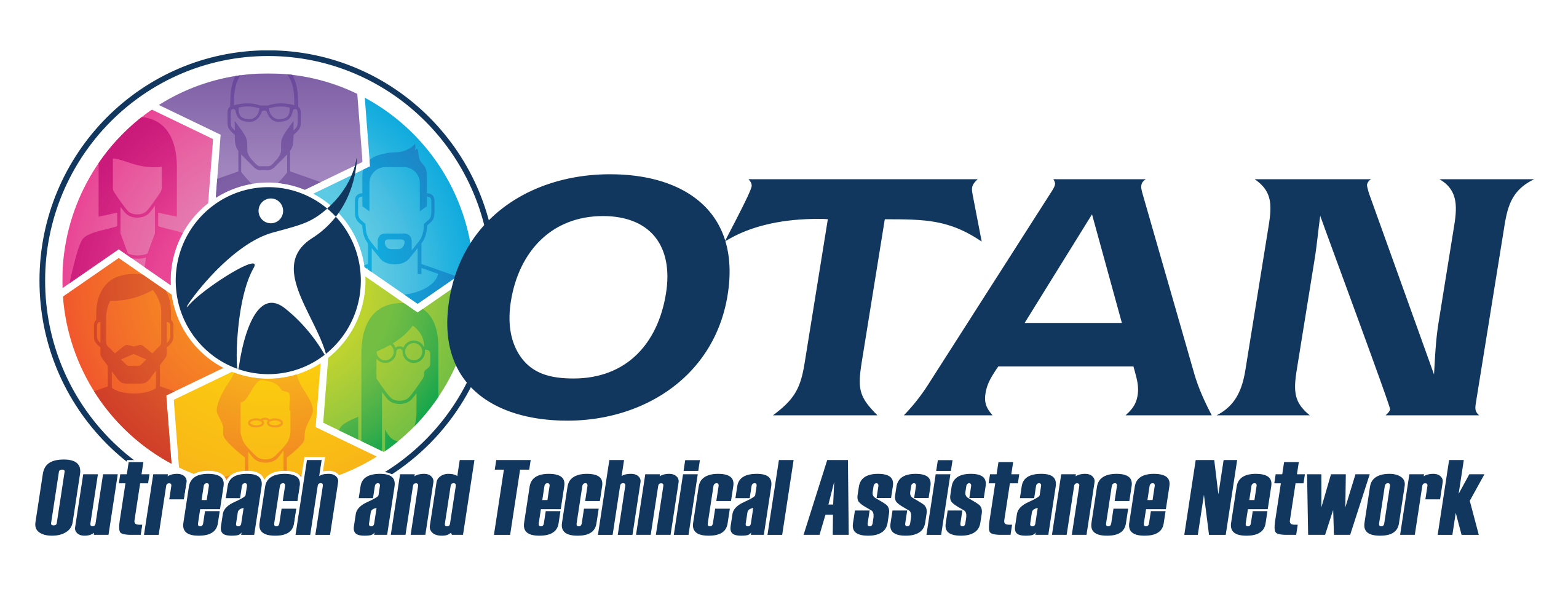Search
Mind Mapping to Organize an Essay
Details
Activity Description
Preparation
- Check the website to ensure it is not blocked at your site.
- Read through the lesson plan.
- Print and make copies of any handouts.
How-To
There are a myriad of mind-mapping apps out there, like Popplet, Canva, and Padlet. A user-friendly one that has free access is Coggle.it.
Students can sign up for a free Coggle account using their personal or school emails. You're allowed up to 3 private boards and an unlimited amount of public boards with a free account. Since students will most likely be creating mind-maps that don't have sensitive information, the free account should accommodate most lesson needs.
Coggle is very user friendly and not too complex. There is a page on the Coggle website with easy-to-understand step-by-step instructions on how to make basic mind maps. Here's the link:
Coggle boards can be shared to enable collaboration by groups of students. To do this, click on the plus sign next to your personal icon.Students can add their collaborators' emails (or the teacher can create a board and do this for the students).
The boards can also be downloaded in a variety of forms once they are finished. Note: Coggle includes a watermark on all downloads with the free version.
Teacher Tips
It's best to try this out yourself before teaching the lesson. Although the tools are very user friendly, it would help to get familiar with them first so you can help your students if necessary.
More Ways
Advanced students can import images into their mind maps. Coggle also has a shortcut system to speed up the process of creating branches in the mind map. See the tutorial page for more info.
Program Areas
- ABE: Adult Basic Education
- ESL: English as a Second Language
- ASE: High School Equivalency Preparation
- ASE: High School Diploma
Levels
- Intermediate High
- Advanced
- All Levels

